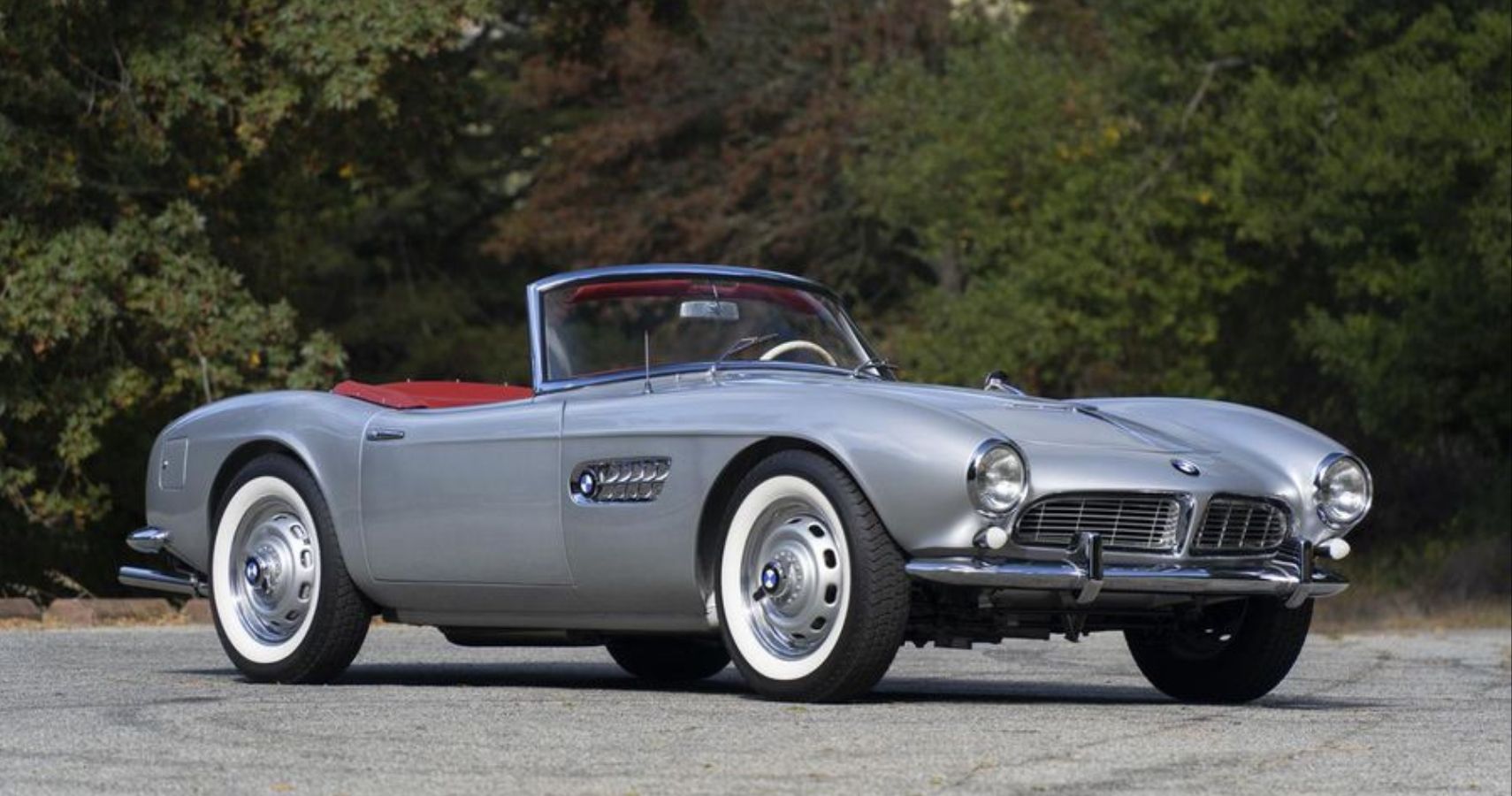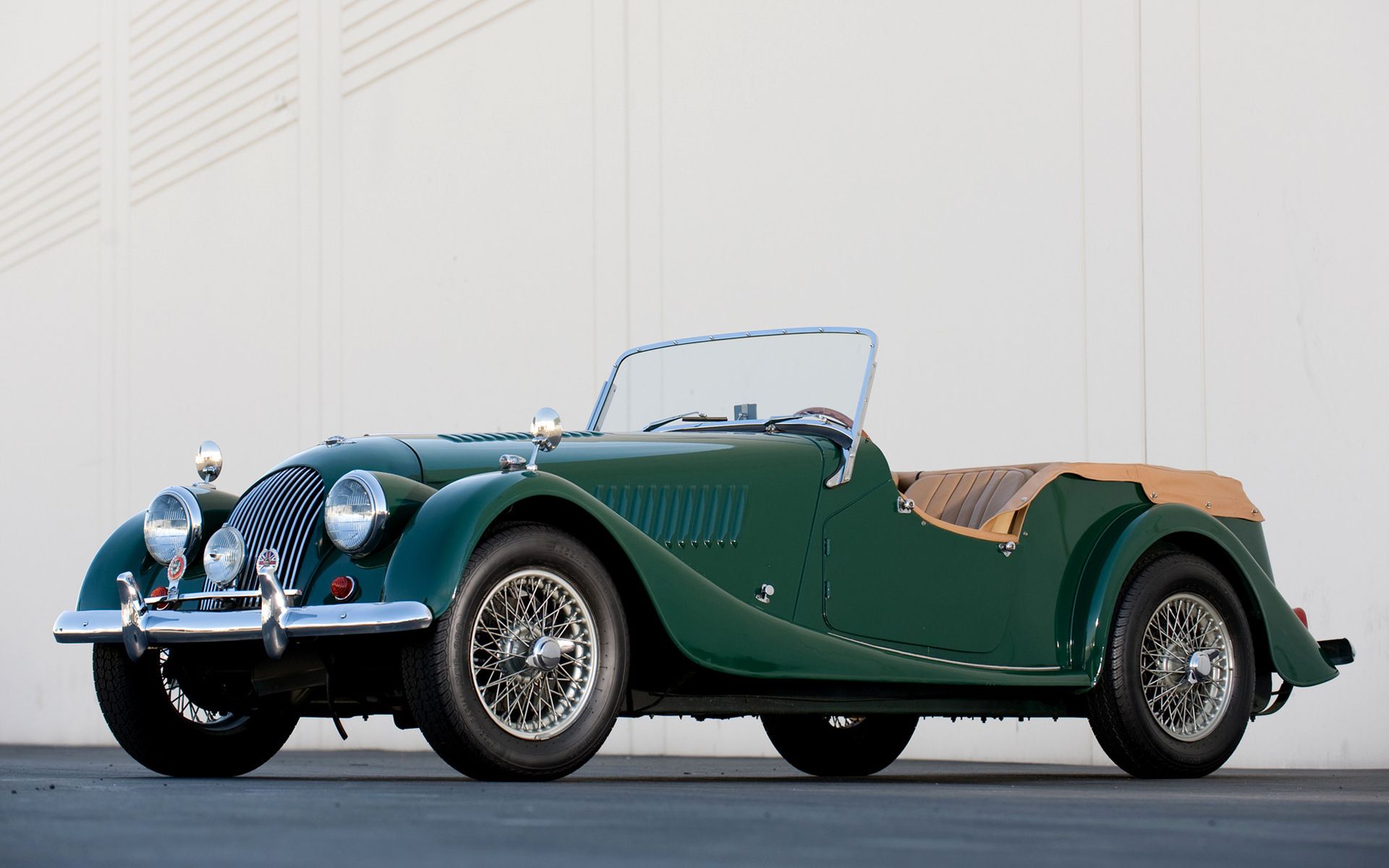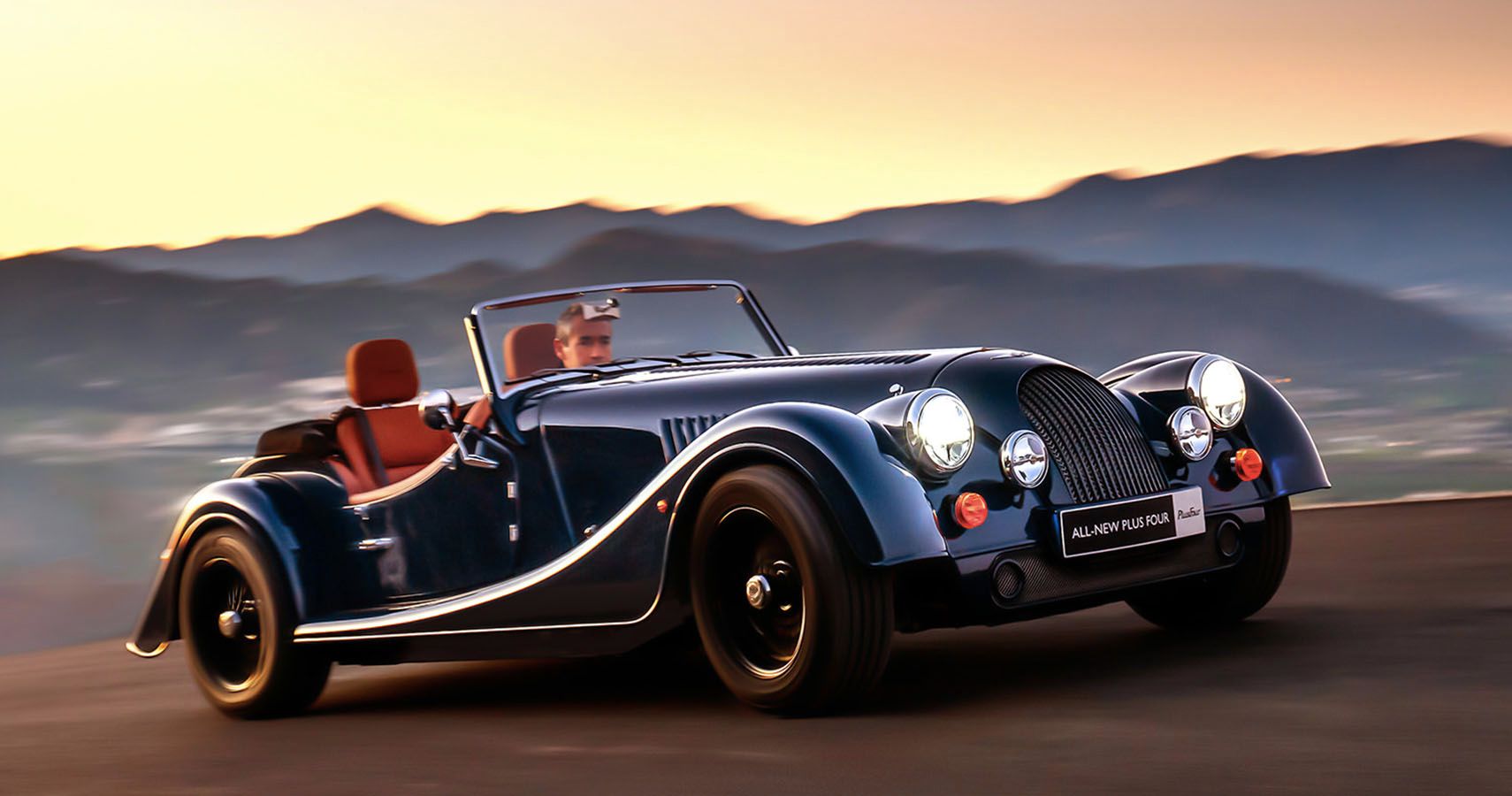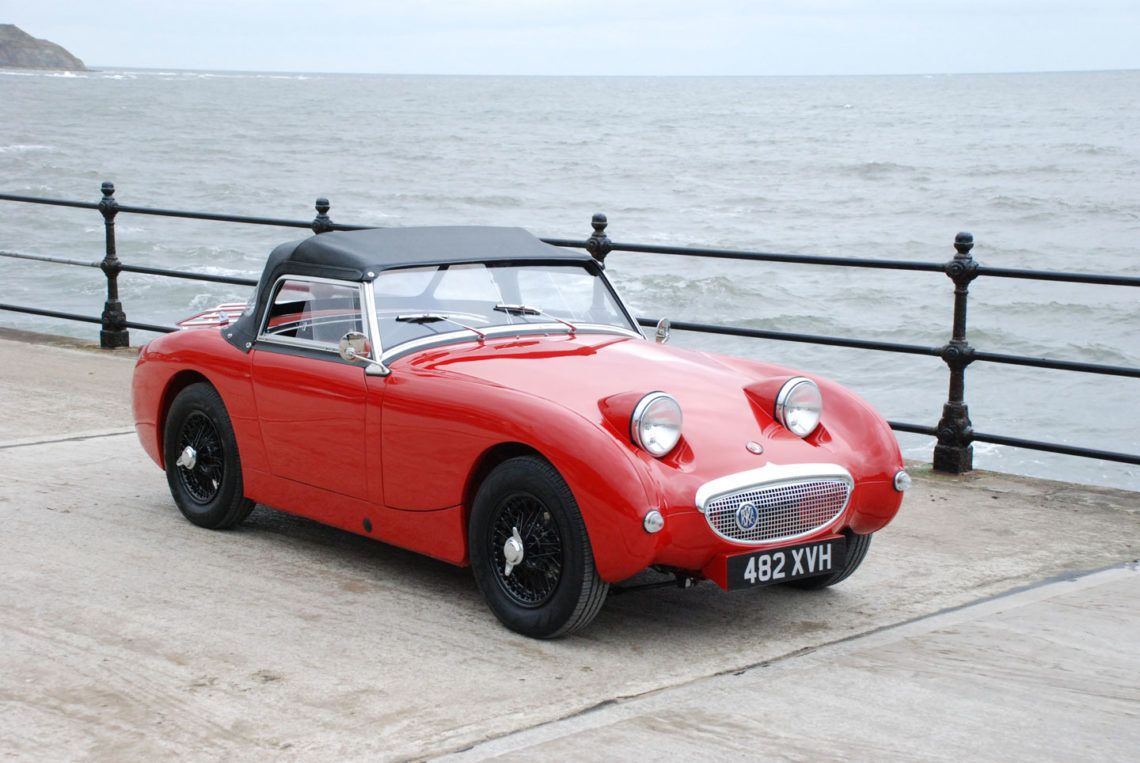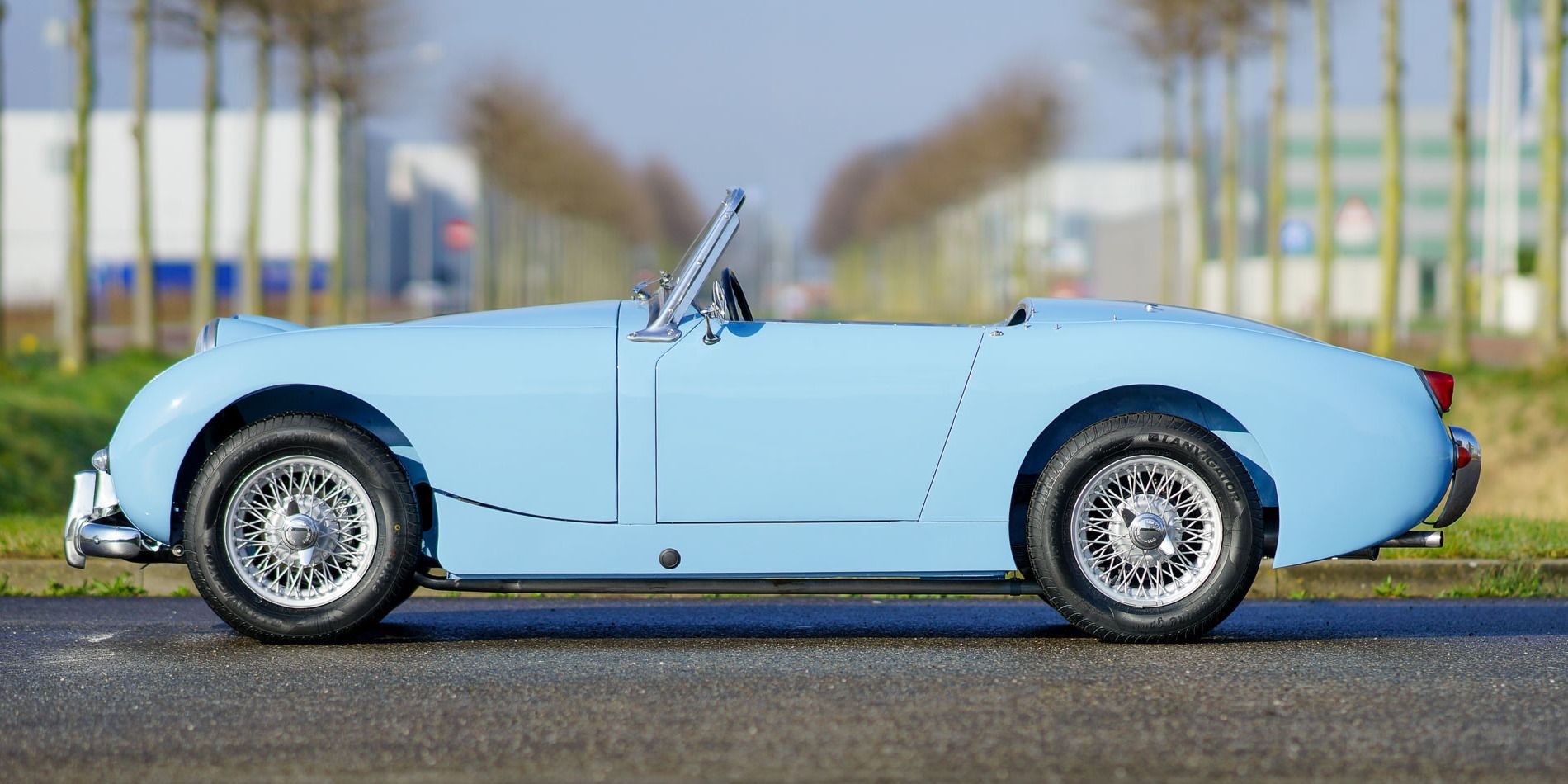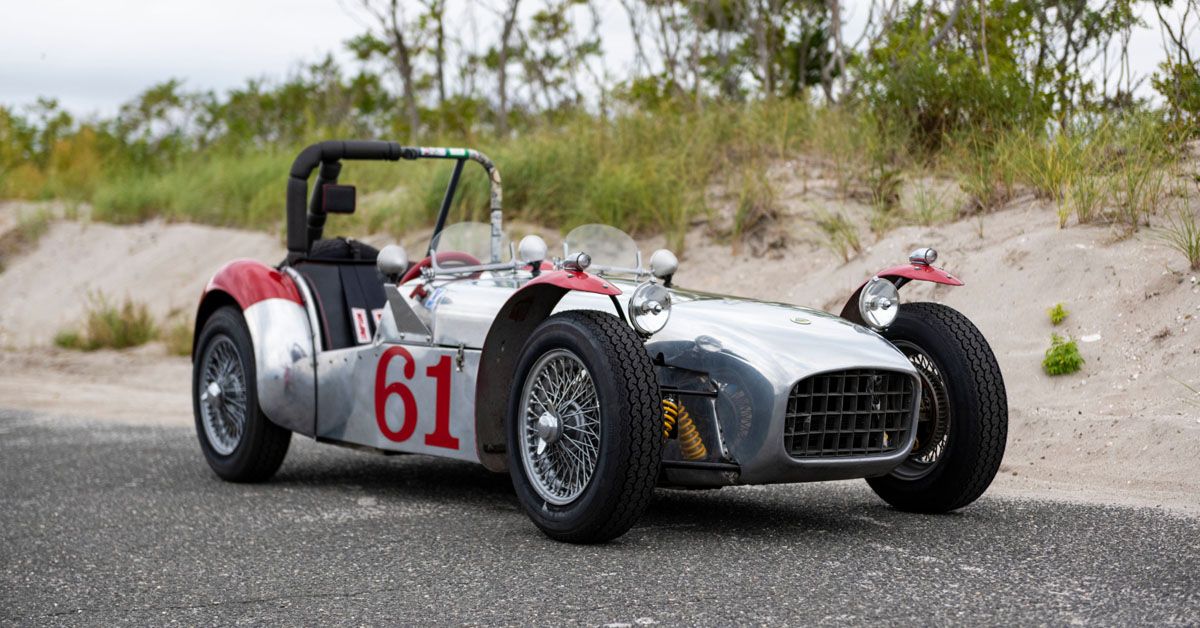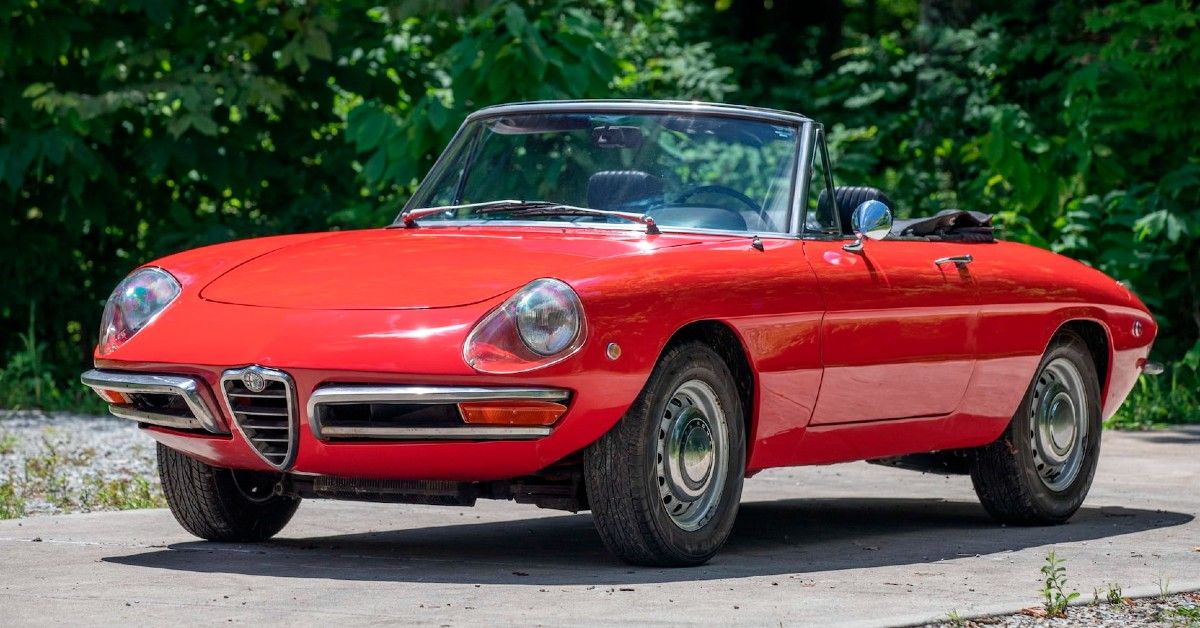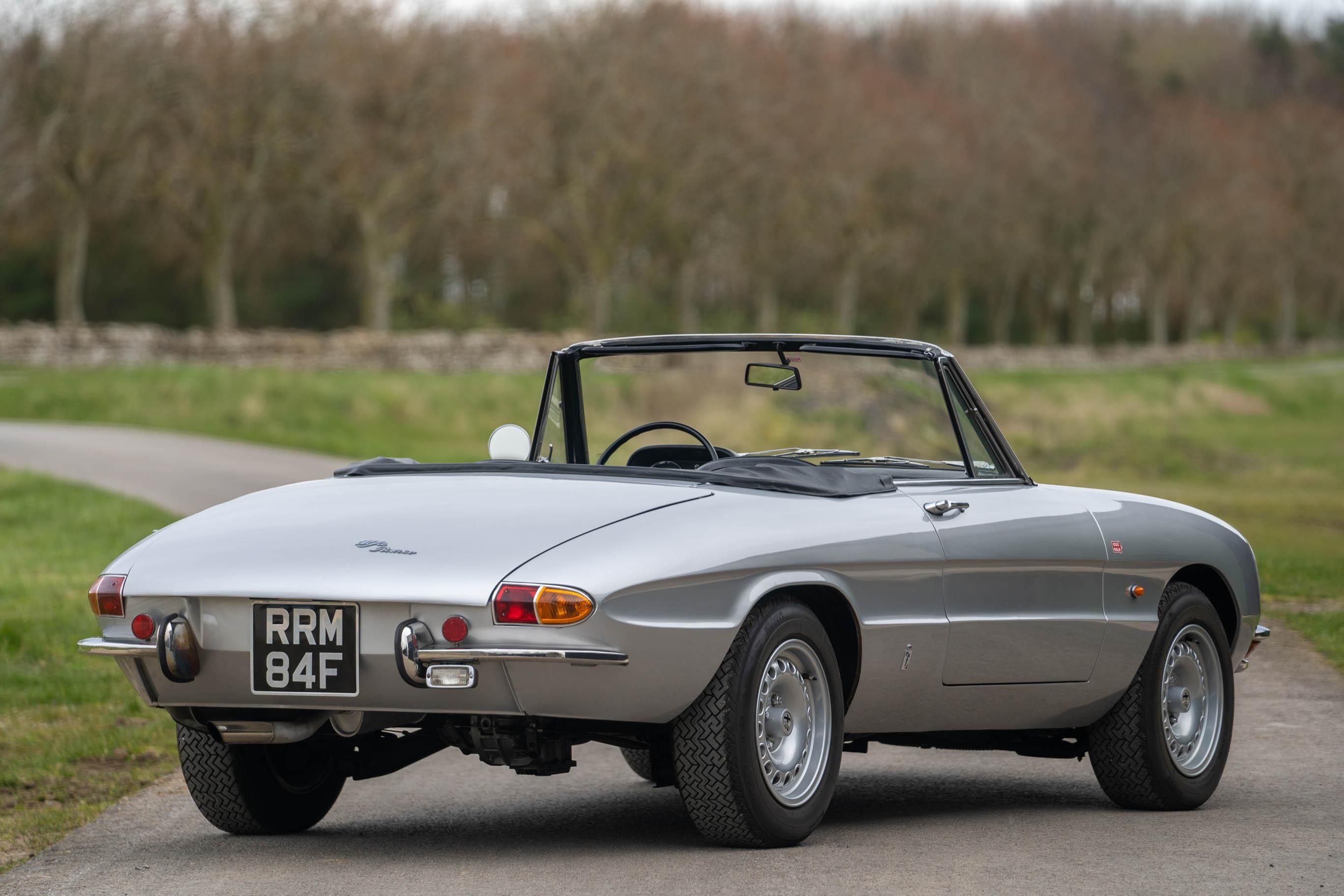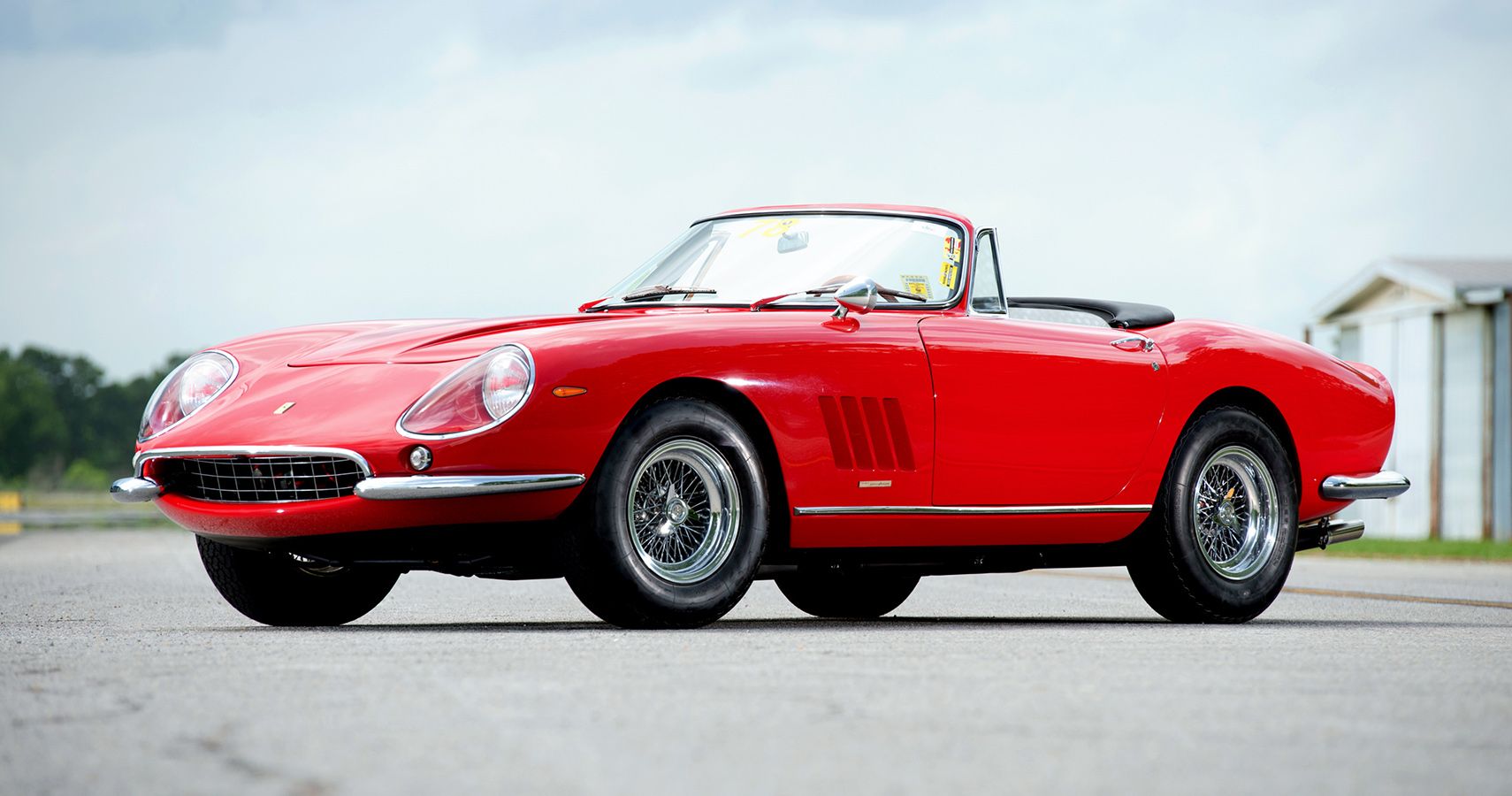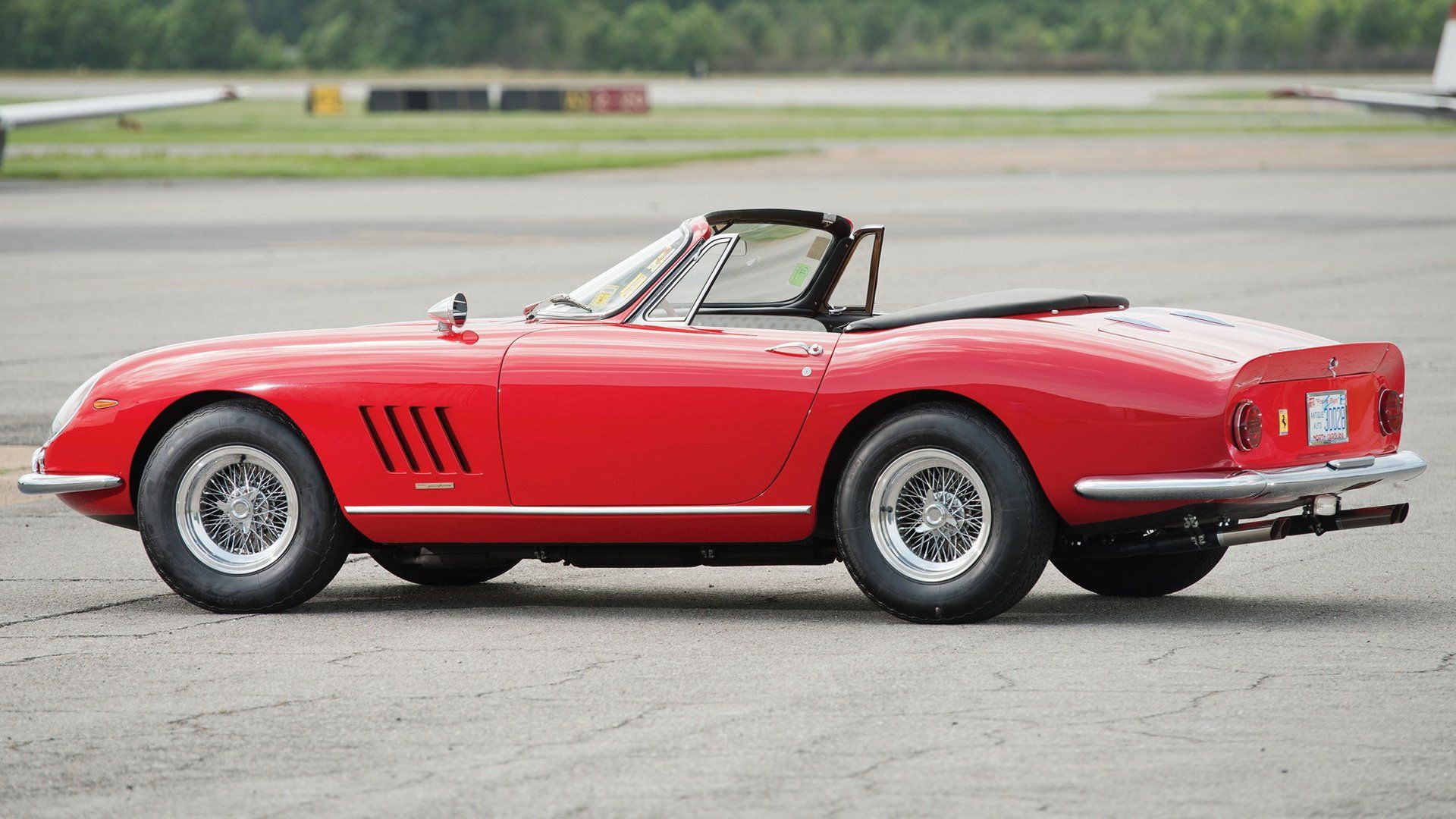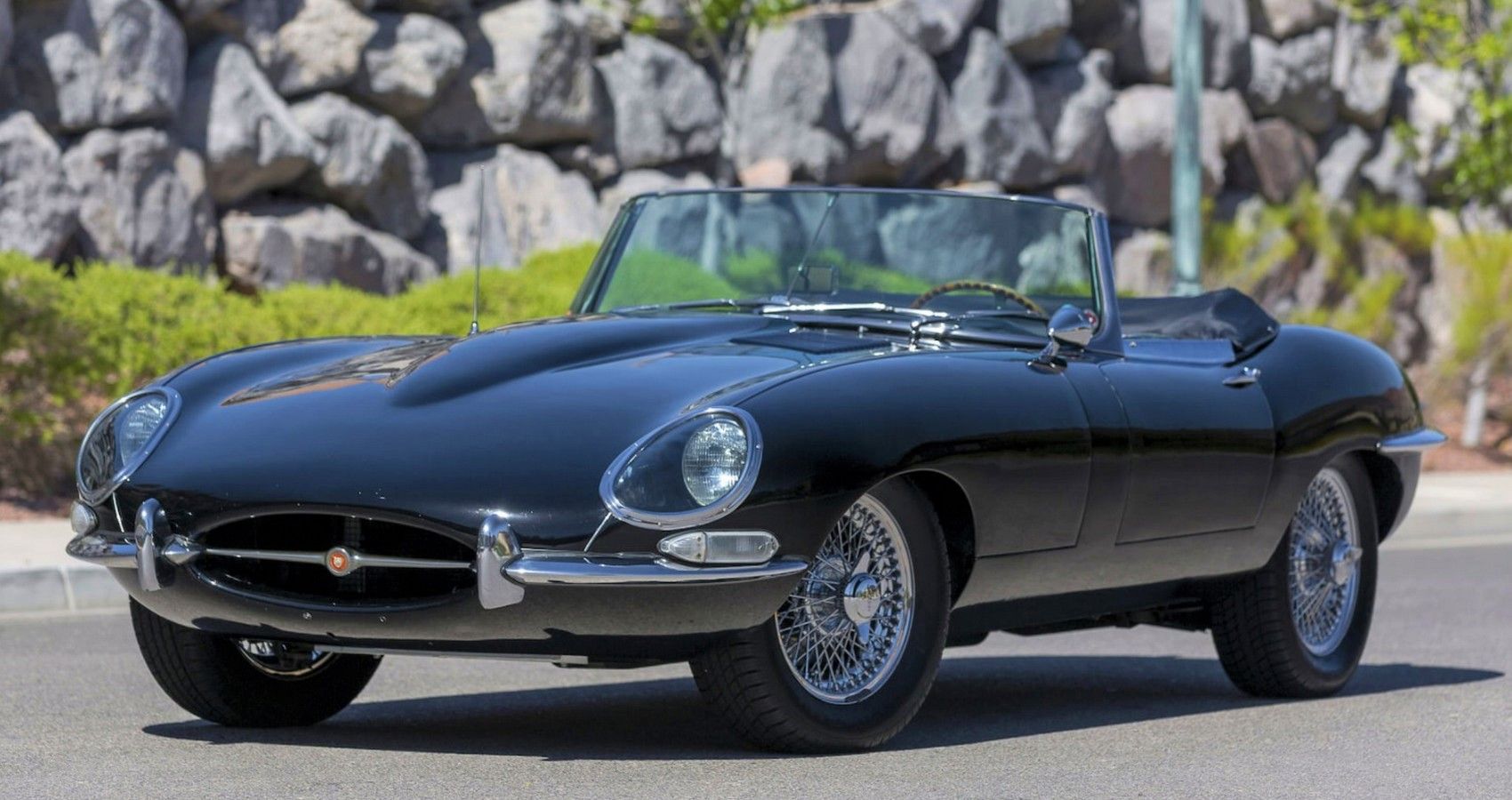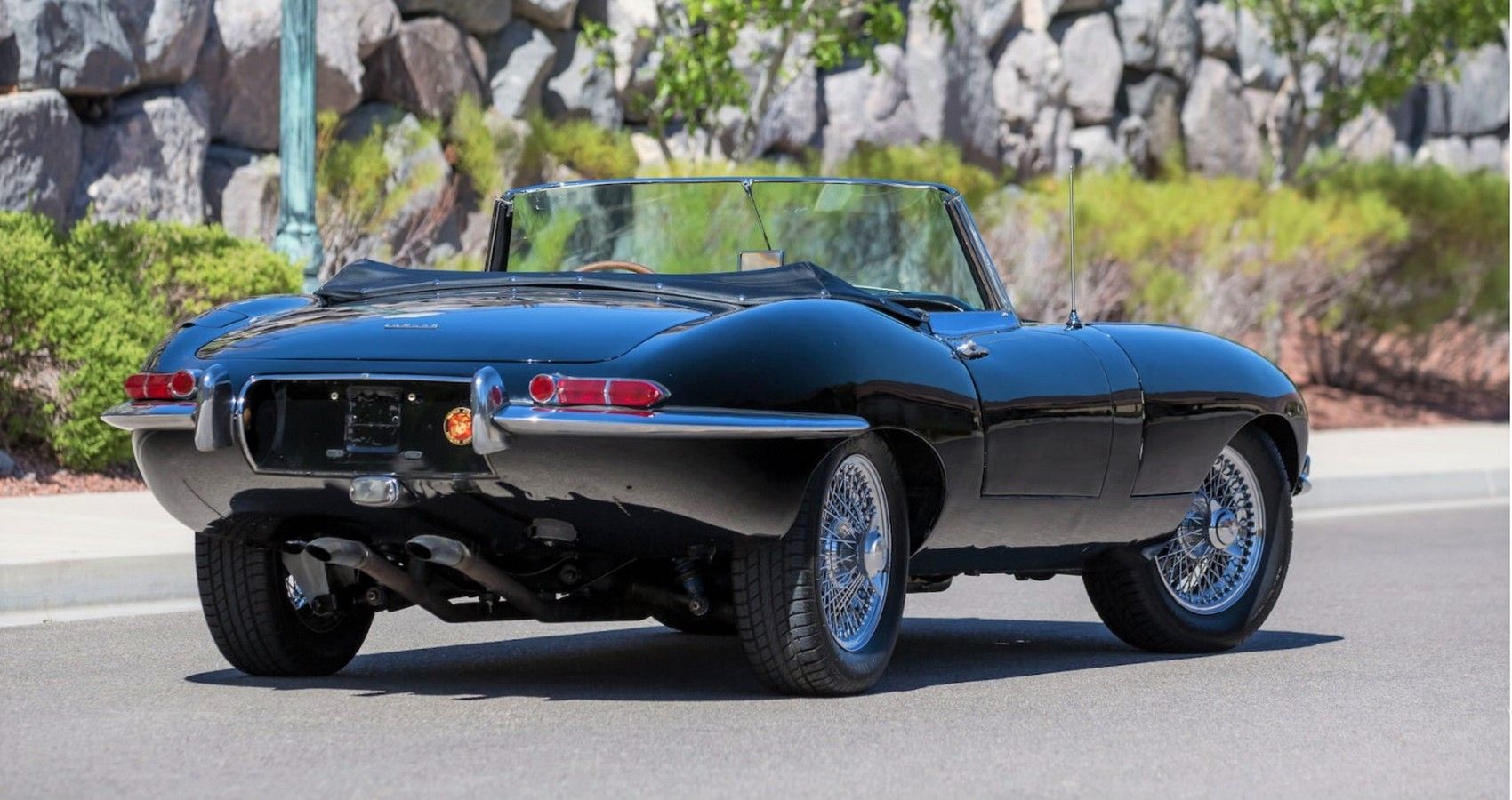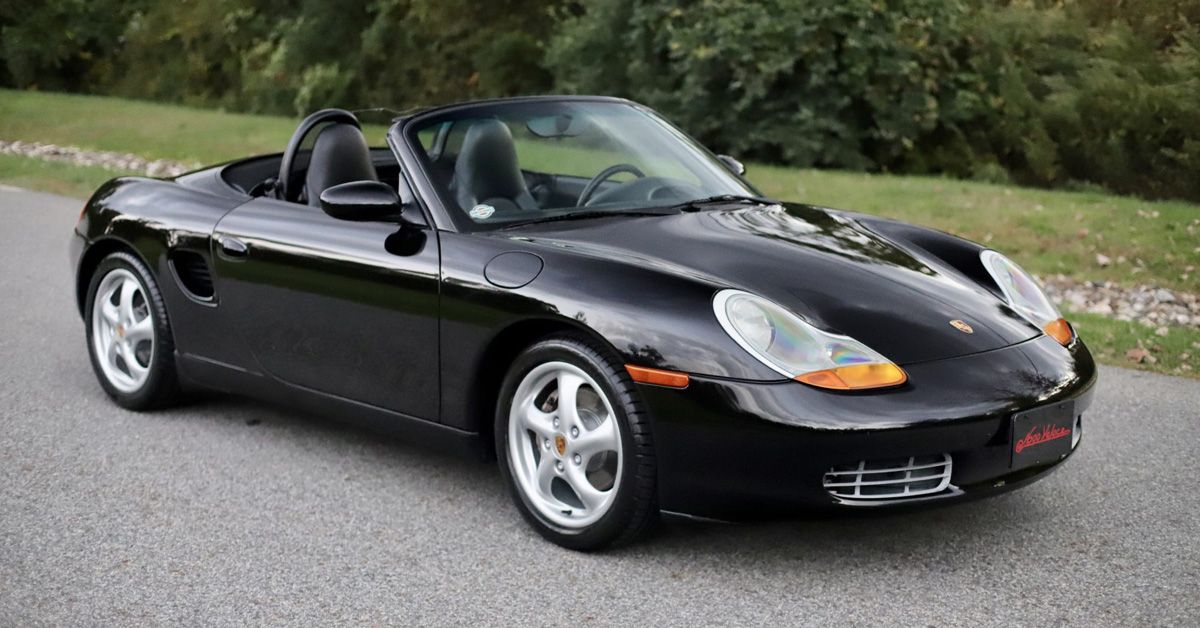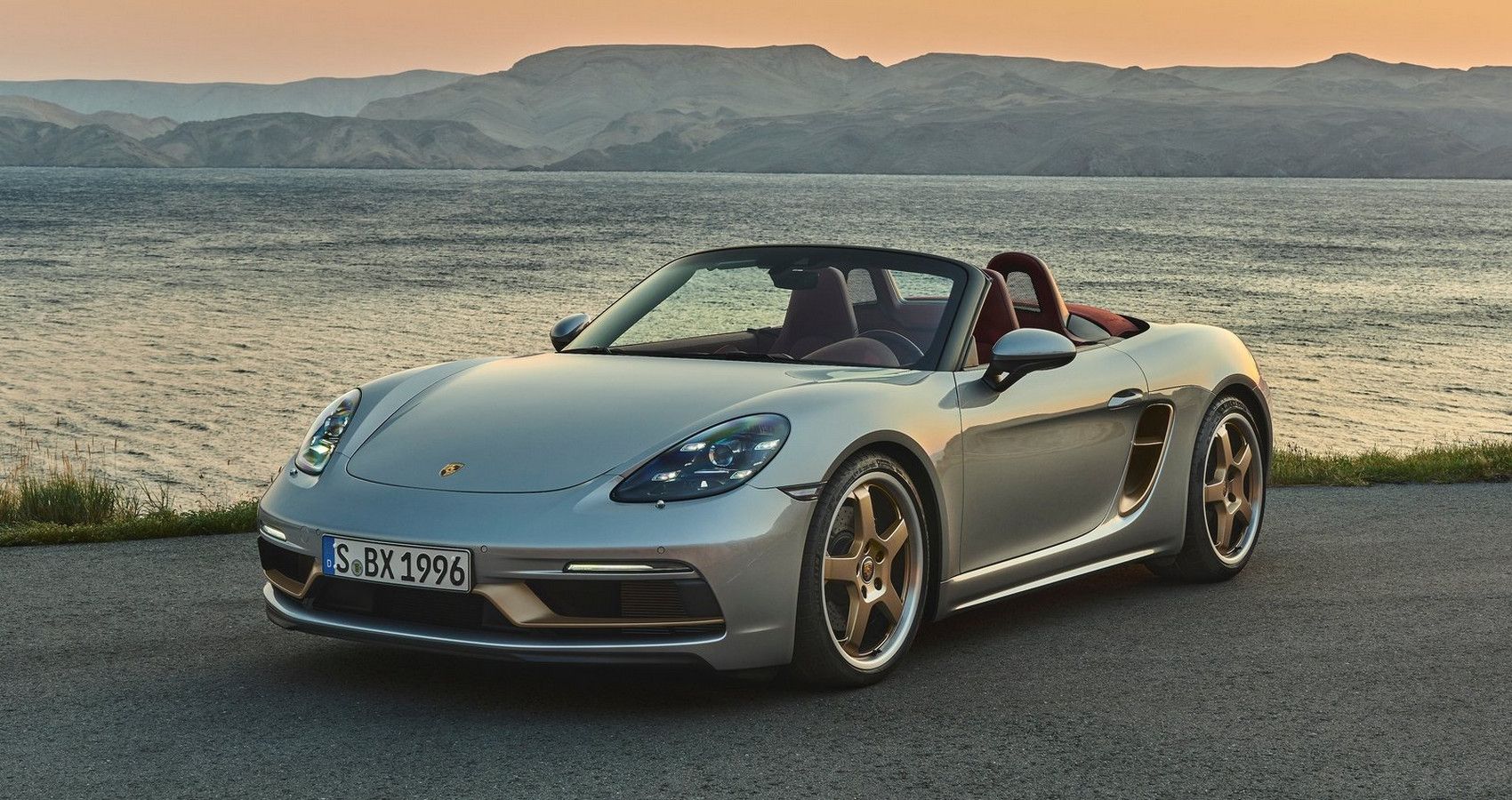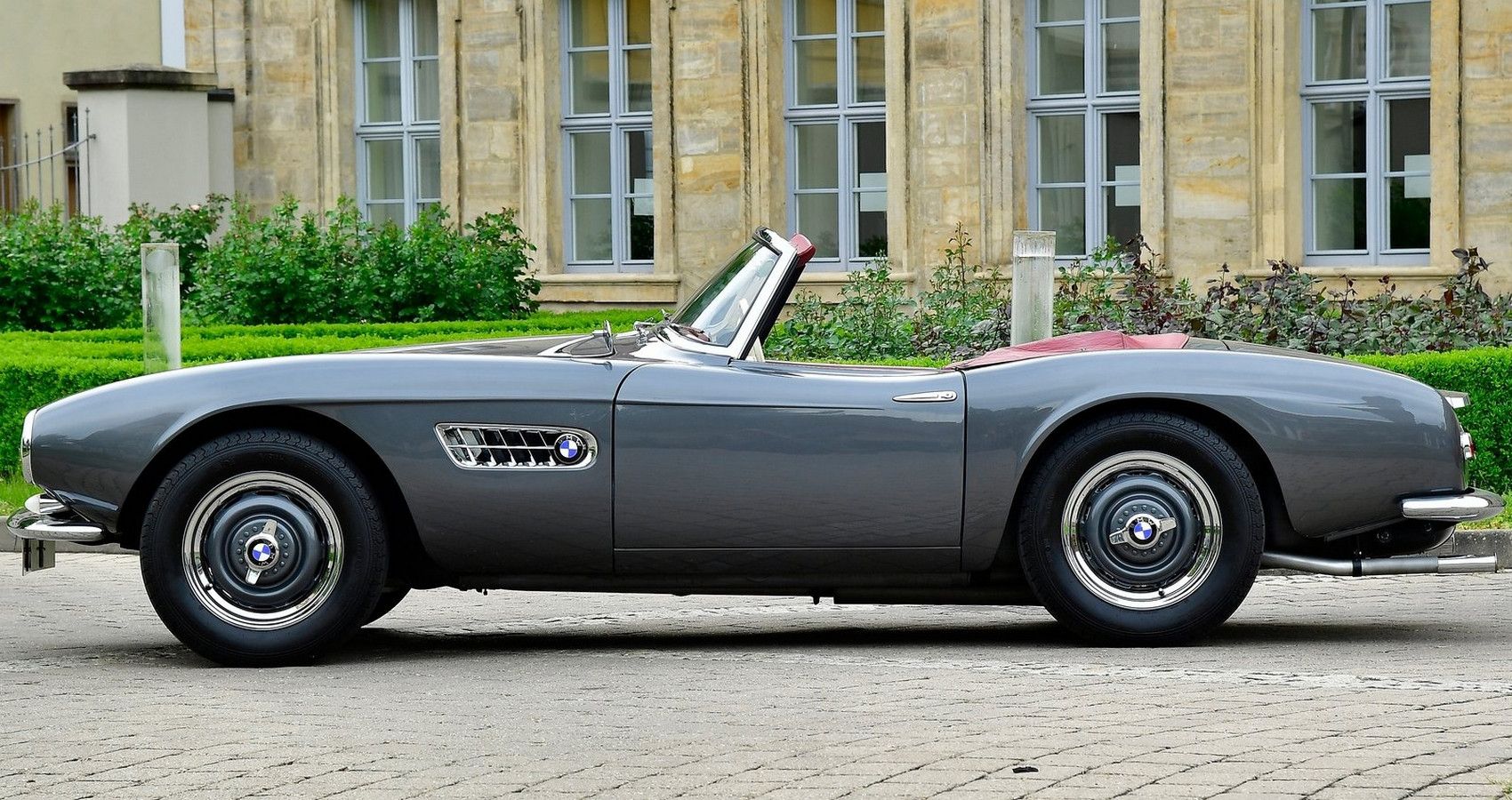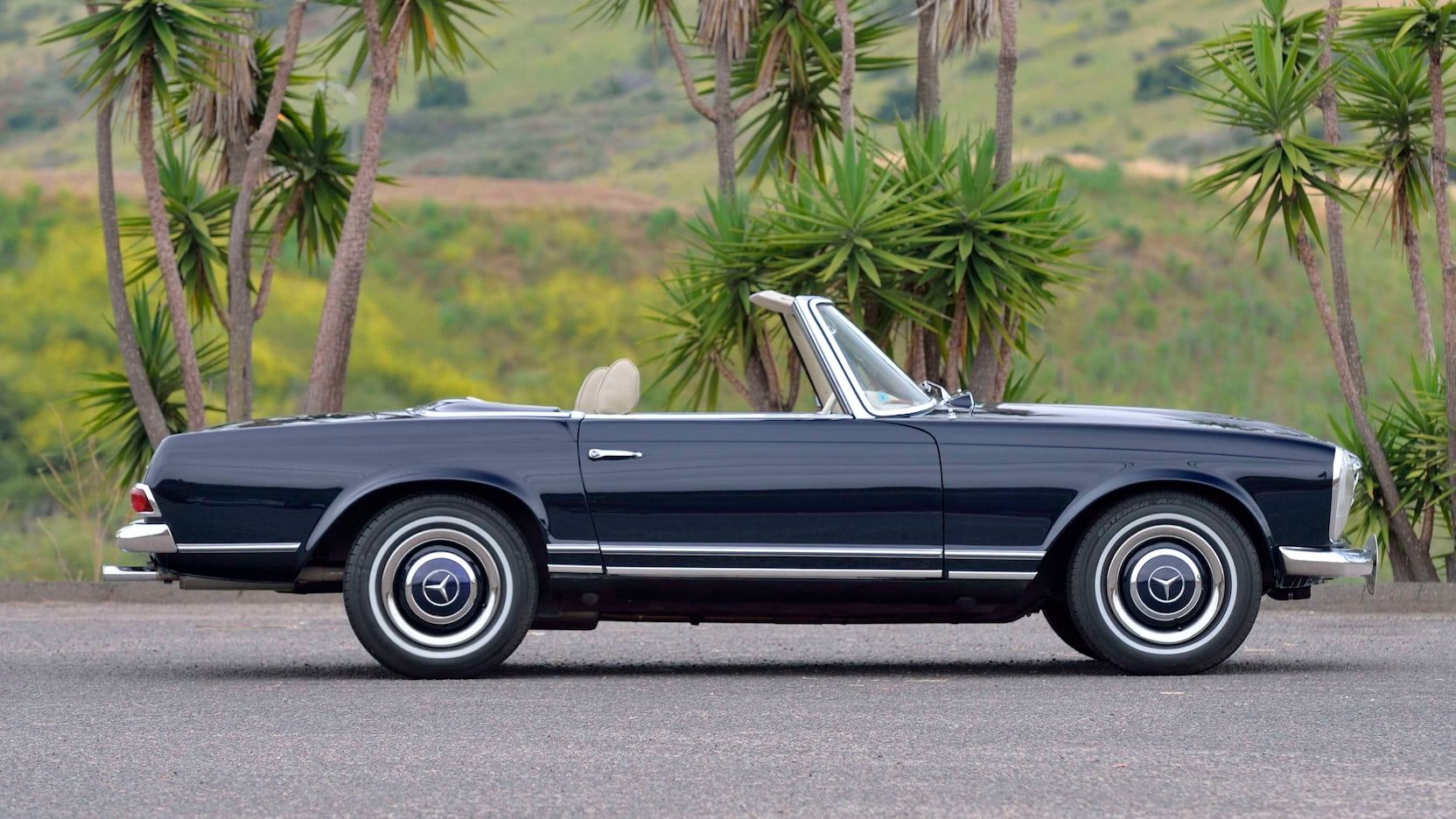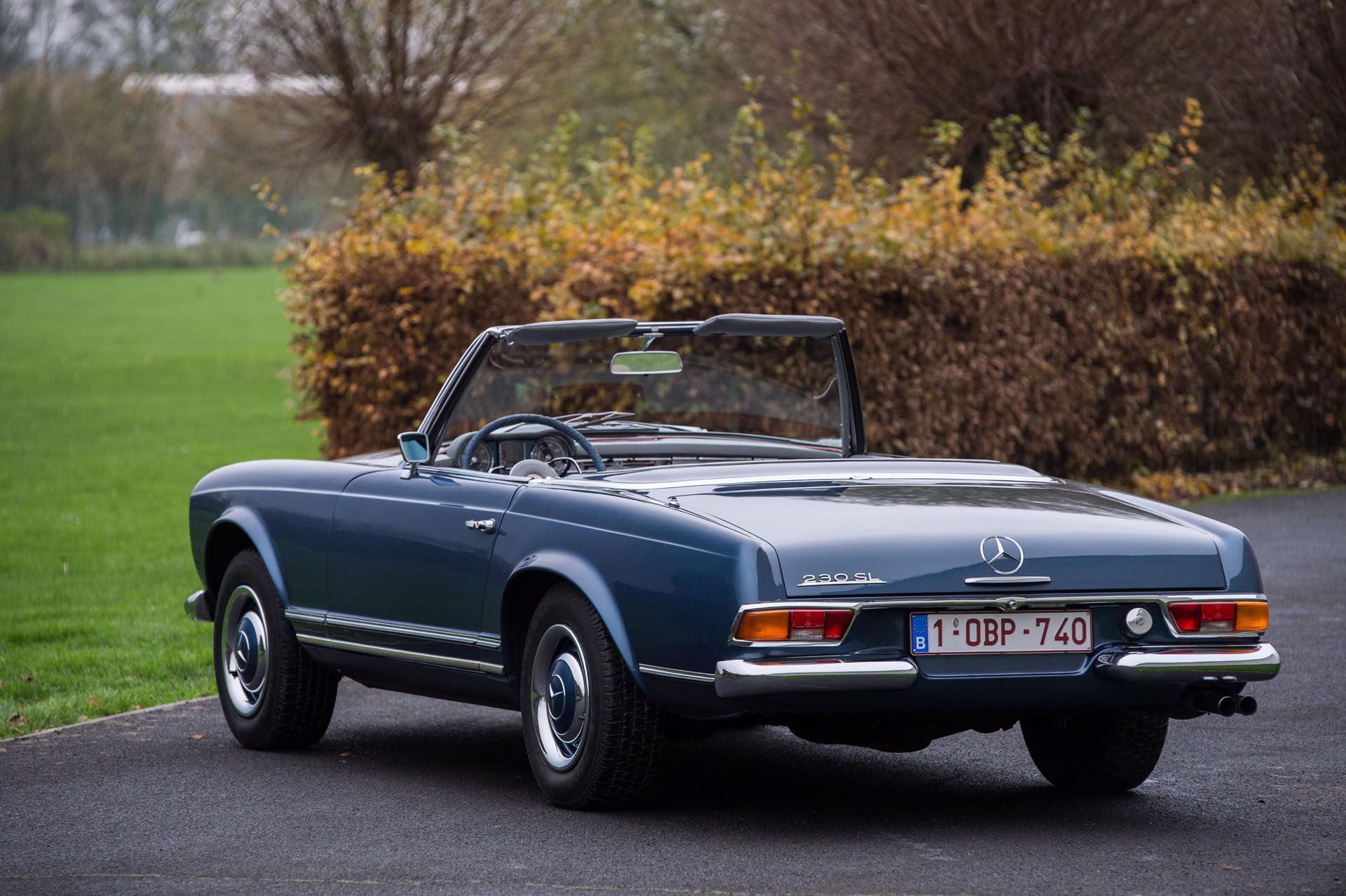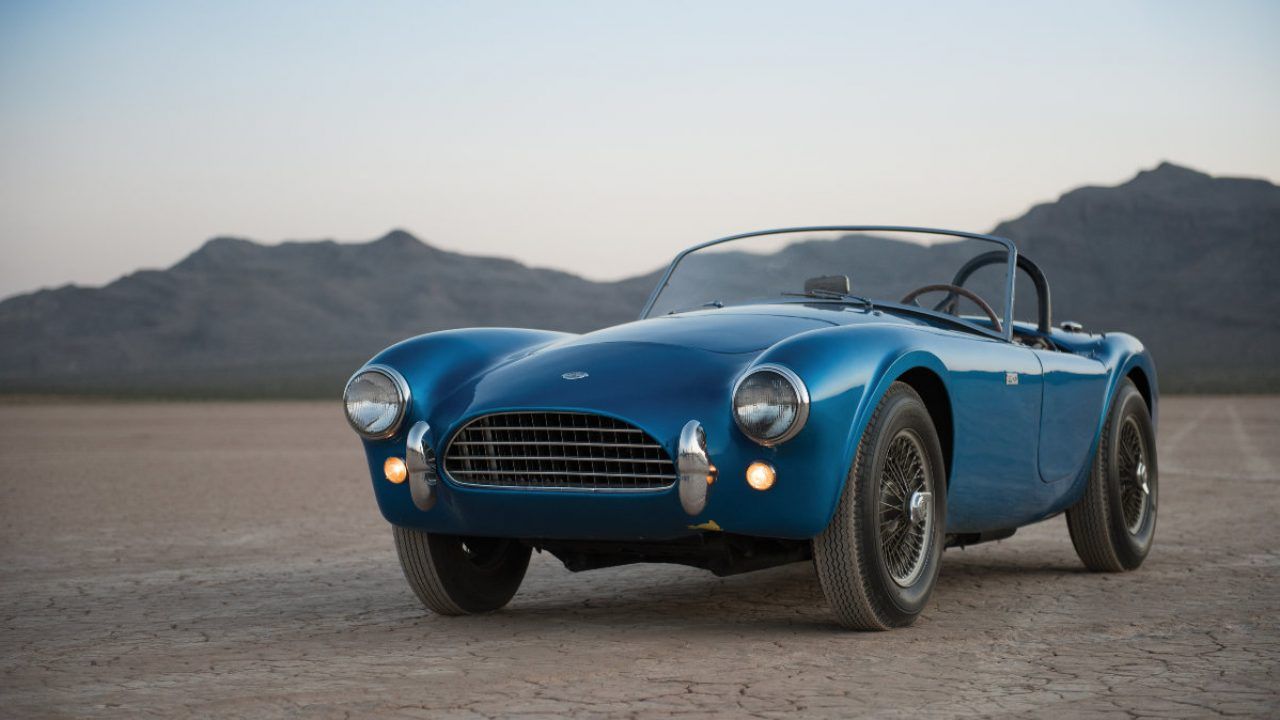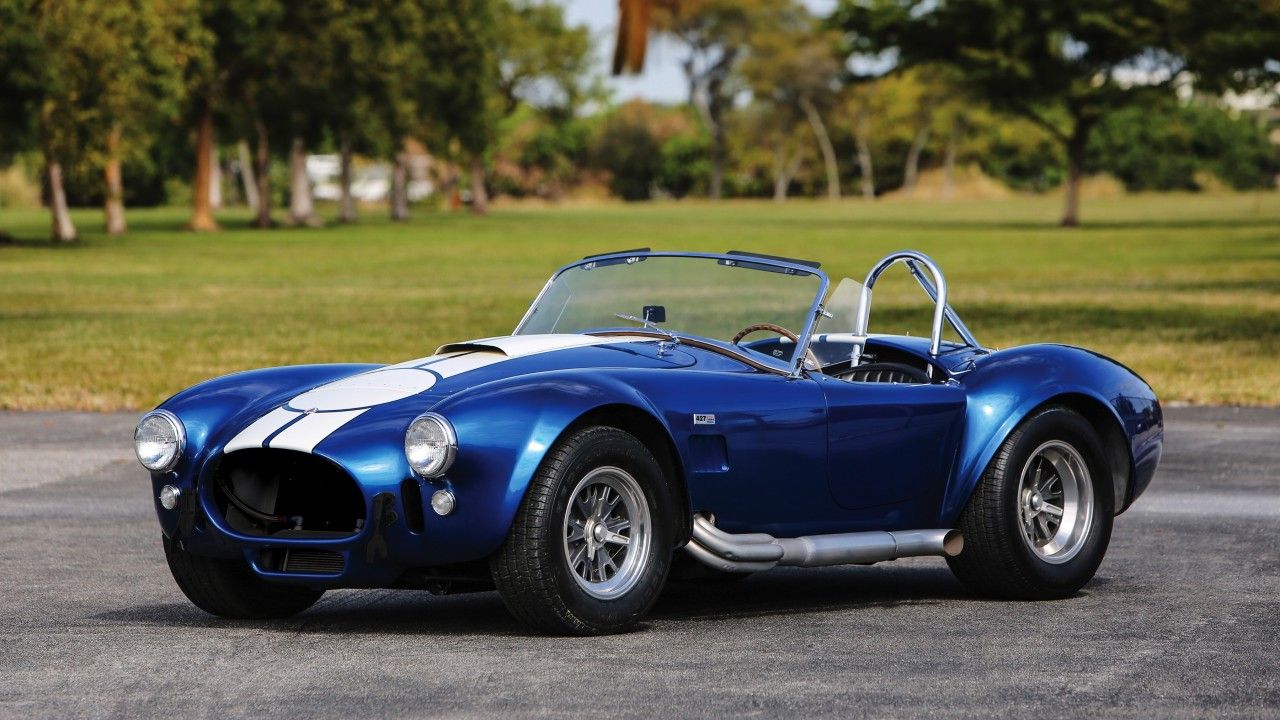The open-air motoring concept has been around since the early days of the horseless carriage when all cars lacked roofs, doors, windshields, or side glass. However, in over a century of automotive history, the open-air body style has undergone tremendous lows and highs, ranging from almost ubiquity to nearly disappearing in the '70s. We've also experienced the evolution from simple cloth tops in the classics to sophisticated self-folding roofs in modern utes within the same period.Cruising with the top-down was once regarded as a simple summer tradition, but the convertible has now blossomed into an advanced technology synonymous with sportiness, luxury, and style. But, of course, European marques have always been the benchmark for aesthetic appeal and uncompromising quality. As a result, Europe has continuously gifted us some genuinely gorgeous convertible sports cars over the years, and here are our best picks of all time.
10 1950 - Present Day Morgan Plus 4
Whenever the Morgan Motor Company is mentioned, the Morgan Plus 4 convertible immediately comes to mind. The Morgan Plus 4 is distinguished by its wood-framed body and ladder-frame chassis, designed by skilled people that relied on their carpentry skills with an eye for drama and grace.
The fascinating thing about this convertible is its long-lived inspiration, which remains unburdened by automobile standards that have constantly evolved since the 1950s. There's a reason the Morgan Plus 4 has survived for the better portion of a century, and we're willing to bet its gorgeous old-school aesthetics are a significant factor.
9 1958 - 1961 Austin-Healey Sprite Mark I
The Sprite Mark I was one of the earliest mass-produced monocoque-style sports cars, boasting a semi-monocoque construction, stressed body panels, and no visible externally accessible trunk for structural rigidity. However, the Austin-Healey Sprite's most striking characteristics are the smiling front grille and Bugeye headlights.
The Sprite Mark I lacked several creature comforts standard in today's convertibles, but its ultra-minimalistic yet charming aesthetics make it one of the most memorable British roadsters of its time. Besides the cute looks, Donald Healey ensured sports car buyers received what they deserved: affordability and driving fun.
8 1957 - 1972 Lotus Seven
The Seven holds historical provenance as the first-ever production vehicle by Lotus, designed by Colin Chapman with motor racing in mind. The Lotus Seven was lightweight, economical, quick, and fun, a car that owners could race around and drive home later in the day.
The Magnificent Seven was every enthusiast's fantasy, flaunting a race-car character that seemed unsophisticated, bare-boned, and cool-looking. Although the last Lotus Seven rolled off production lines in 1972, Caterham bought the production rights and has since built the Caterham Seven with the same distinctive styling.
7 1966 - 1969 Alfa Romeo Spider Series I
The Alfa Romeo Spider was designed and manufactured by Pininfarina, and it bears provenance as the last model that Battista 'Pinin' Farina was involved with. The Spider boasted a double overhead cam aluminum engine, five-speed gearbox, four wheel disc brakes, precisely balanced chassis, and accurate steering.
The convertible was a thing of beauty, and it became a formidable match for the Jaguar E-Type as soon as it was unveiled across dealership lots. Surprisingly, the Spider turned out to be more than excellent, and many enthusiasts labeled it the poor man's Ferrari at the time.
6 1967 Ferrari 275 GTS/4 NART Spyder
Considering that Enzo Ferrari was initially opposed to its creation, the Ferrari 275 GTS/4 NART Spyder had a rough start to life. But with a killer shape sculpted by Pininfarina and Scaglietti, the Ferrari 275 GTS/4 NART Spyder now boasts one of the most iconic designs ever seen on a road going Ferrari.
Although this unique Ferrari starred in movies, races, and magazines, it still had poor sales margins, and Ferrari built only ten examples. However, over the years, the Ferrari 275 GTS/4 NART Spyder has been recognized by collectors as a highly coveted convertible with serious pedigree, and it would cost millions to own one.
5 1961 - 1967 Jaguar E-Type Series I
When Jaguar unveiled the E-Type at the 1961 Geneva Auto Salon, it not only stole the show but grabbed every headline that year. Enzo Ferrari once described it as 'the most beautiful car ever made,' and that's a true testament to how perfect it was from every angle.
Although it was available for half the price of more exotic cars at the time, numerous celebrities still flocked to buy one. Today, the Jaguar E-Type is recognized as an icon that defined the decade, and it's still as famous and revered as it was over 60 years ago.
4 1997 - Present Day Porsche Boxster
Porsche boasts a long and rich open-top history comprising the 911 Targa, 356, and 550 speedsters. Nonetheless, the Boxster stands head and shoulders above these models as an important symbol of the marque's modern history.
The Boxster not only saved Porsche from almost certain oblivion, but its enthusiast-pleasing and driver-focused capabilities have made one of the best convertibles through several generations. Furthermore, the unmistakable Porsche design makes the Boxster one of the most aesthetically-pleasing convertibles on the market today.
3 1956 - 1959 BMW 507
When BMW introduced the 507 roadsters, they were predestined to be the economical alternative to the highly regarded Mercedes-Benz 300SL, slotted above the low-cost MG. But the bespoke treatment and the high-quality materials used, the 507 became overpriced and out of reach for most of its target consumers.
BMW managed to build just 252 examples, nearly burning itself to the ground due to a commercial failure arising from sky-high production costs. Nonetheless, the BMW 507 is one of the most beautiful cars from the Bavarian catalog. Its ability to pierce the hearts and captivate the souls of whoever lays eyes on it makes it one of the rarest BMW collectibles.
2 1968 - 1971 Mercedes-Benz 280 SL Pagoda
For the 280 SL, Mercedes-Benz didn't utilize its racing program to develop the W113 and instead combined its convertible offerings and two-seat coupe onto a single platform. Dubbed the 'Pagoda' for its unique retractable hardtop roof and greenhouse, the 280SL helped Mercedes-Benz make in-roads into the American market.
The 280 SL boasted an unsurpassed safety specification during the era, but its classic and avant-garde elements ensured it was the last of its type to roll off production lines. Although the 280SL is a motoring legend like all the SL model series, its breathtaking beauty has earned it a more loyal fanbase than any other SL.
1 1962 - 1967 AC Cobra
The legend of the Cobra began after Carroll Shelby approached AC with an irresistible offer, fitting the delicate AC Ace roadster with a potent Ford V8 engine. Since the Ace was coming to the end of its life, AC reworked the chassis and repositioned the steering box to bring the Cobra to life.
The unexpected blend of British styling and American muscle gave the Cobra a competitive advantage over market rivals such as the Chevrolet Corvette. Unfortunately, AC and Shelby built just over 1,000 Cobras between 1962 and 1967, and the prices of these badass beasts have skyrocketed with increasing popularity among collectors.

